By William Bravo
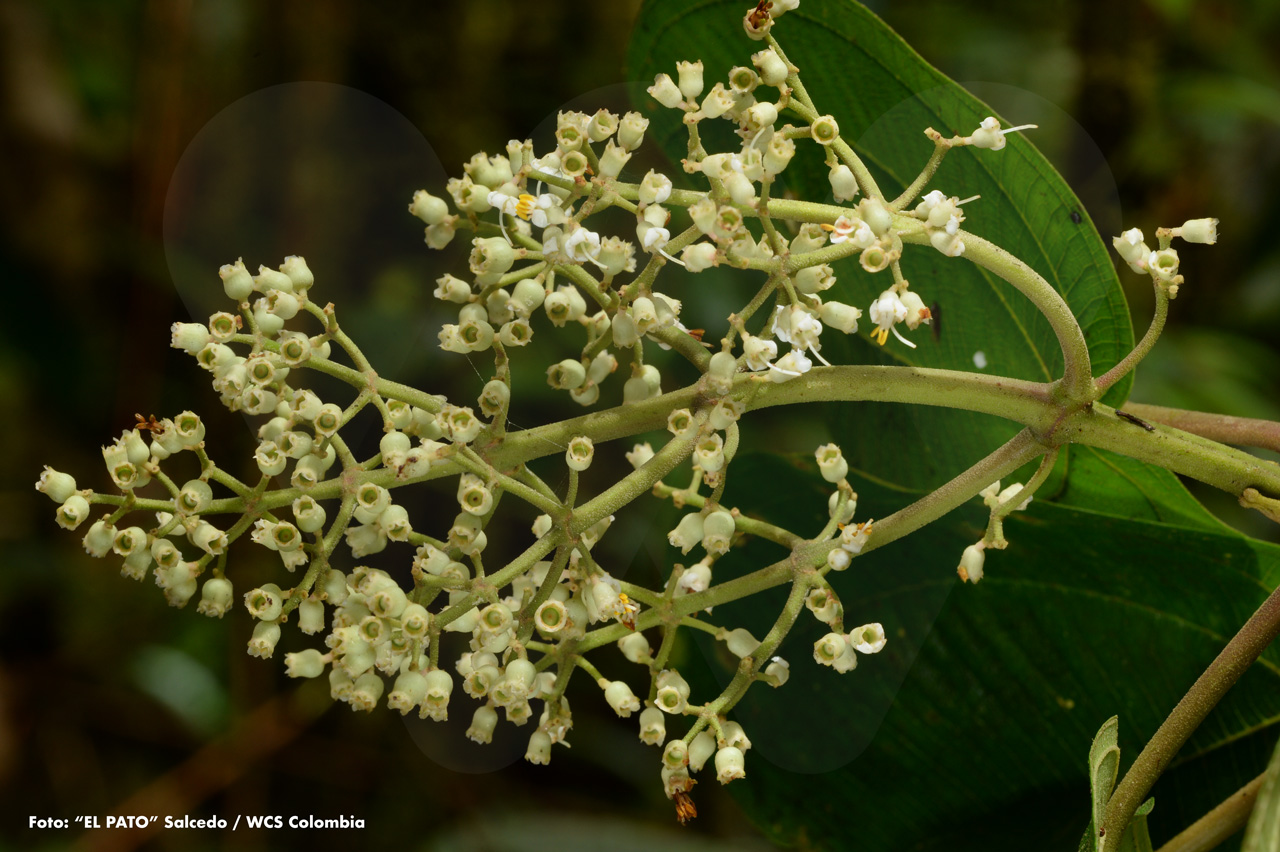 Miconia is a genus in the Melastomataceae family that includes about 1,900 species. Within this genus, there is a section called Amblyarrhena, which is one of its most diverse. This section groups 220 species widely distributed across the Andes. Of these 220 species, around 80 have been reported in Colombia. As part of the flora inventories carried out by WCS in the Saldaña River: A Basin of Life Project, researchers found in 2018 a plant that did not match any of the identified species in the Amblyarrhena section. For this reason, the specimen was collected, described, illustrated, and published as a new species to science.
Miconia is a genus in the Melastomataceae family that includes about 1,900 species. Within this genus, there is a section called Amblyarrhena, which is one of its most diverse. This section groups 220 species widely distributed across the Andes. Of these 220 species, around 80 have been reported in Colombia. As part of the flora inventories carried out by WCS in the Saldaña River: A Basin of Life Project, researchers found in 2018 a plant that did not match any of the identified species in the Amblyarrhena section. For this reason, the specimen was collected, described, illustrated, and published as a new species to science.
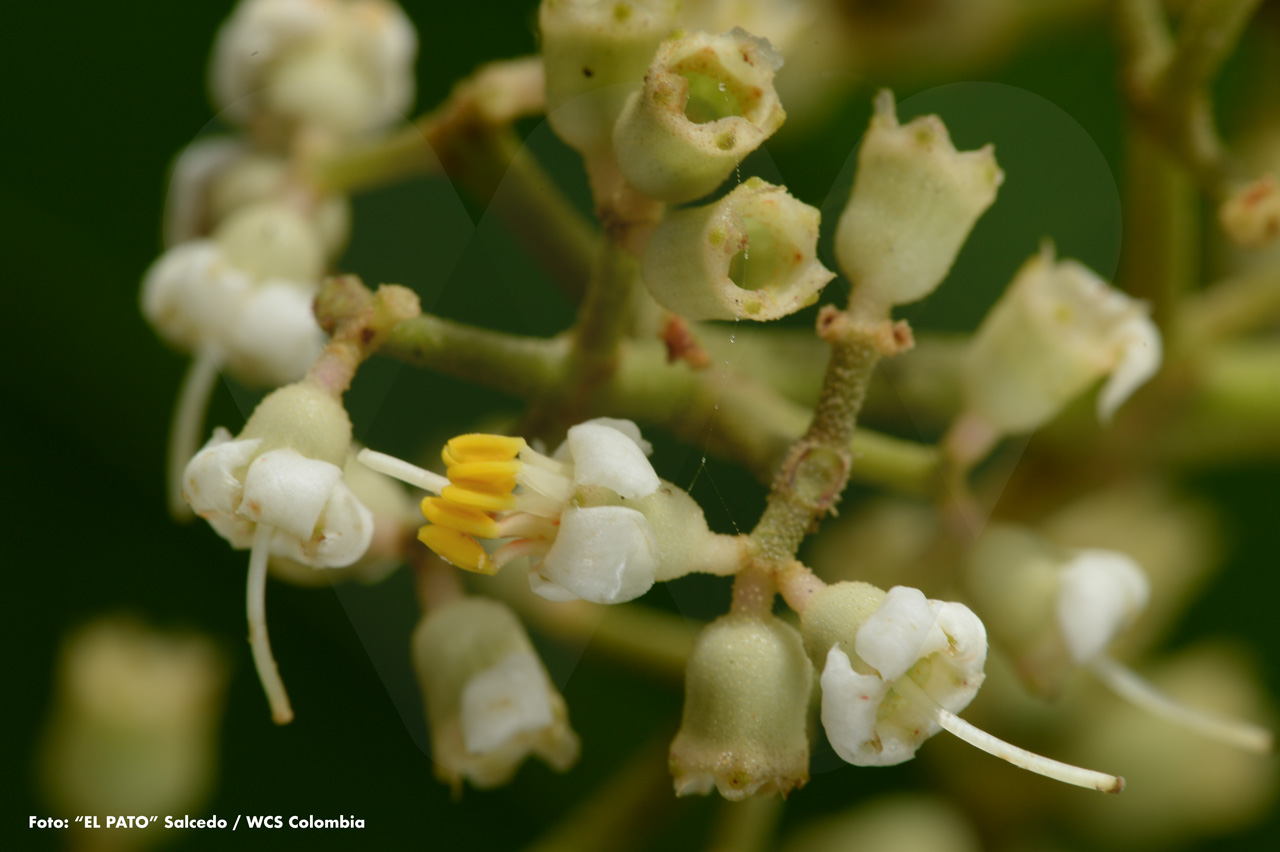 This new species was named Miconia lorenaensis (J.S. Murillo, Londoño-E. & H. David). The etymology of the name lorenaensis refers to the locality where it was collected, the property called “La Lorena,” located in the Aurora Hermosas village, Chaparral municipality (Tolima), in the foothills of Las Hermosas National Natural Park – Gloria Valencia de Castaño. Until very recently, only a single population of this plant was known, settled in that locality (the type locality), a term referring to the place where a species is first described. There, the area of occupancy of Miconia lorenaensis is less than 10 km². Therefore, according to IUCN criteria B2ab(iii) (IUCN, 2019), this plant is considered to be in the Critically Endangered (CR) category.
This new species was named Miconia lorenaensis (J.S. Murillo, Londoño-E. & H. David). The etymology of the name lorenaensis refers to the locality where it was collected, the property called “La Lorena,” located in the Aurora Hermosas village, Chaparral municipality (Tolima), in the foothills of Las Hermosas National Natural Park – Gloria Valencia de Castaño. Until very recently, only a single population of this plant was known, settled in that locality (the type locality), a term referring to the place where a species is first described. There, the area of occupancy of Miconia lorenaensis is less than 10 km². Therefore, according to IUCN criteria B2ab(iii) (IUCN, 2019), this plant is considered to be in the Critically Endangered (CR) category.
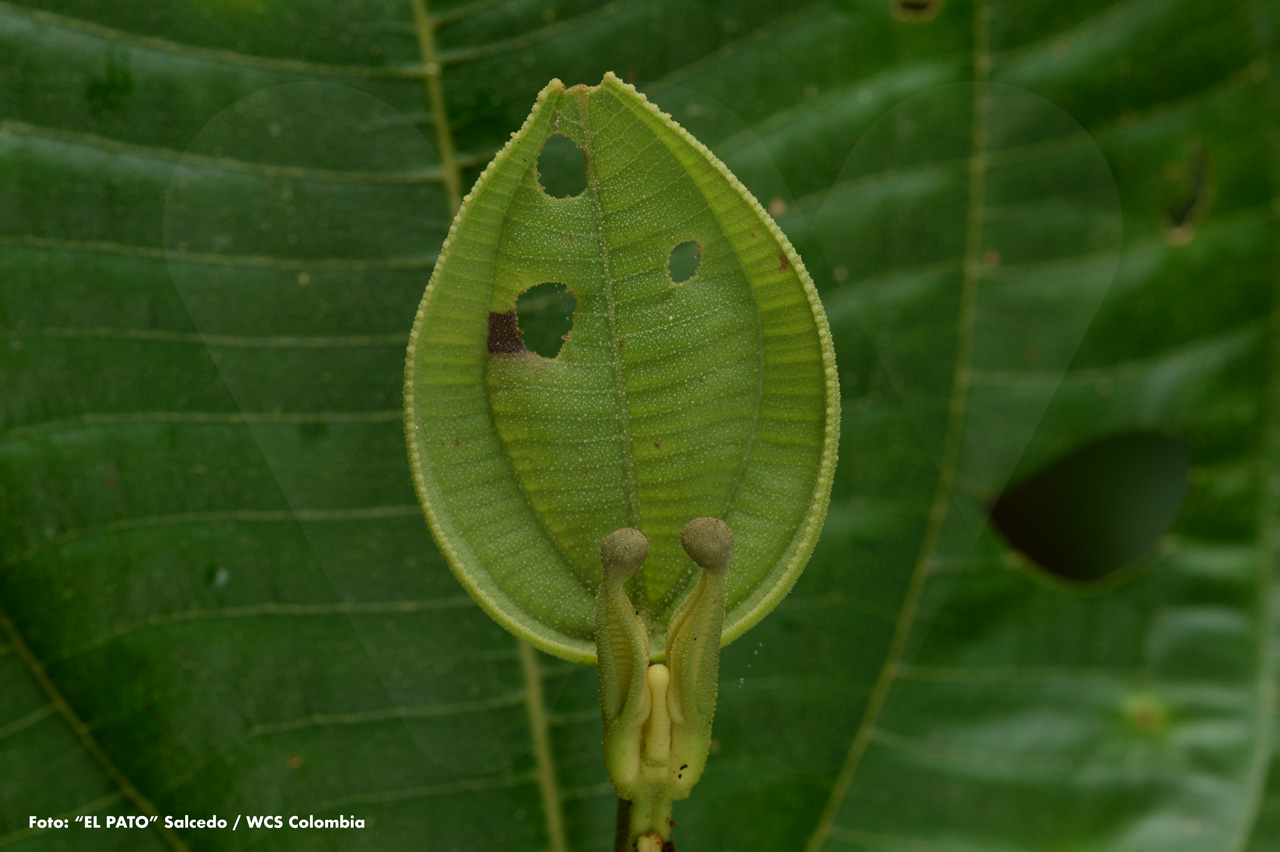 As part of other explorations carried out during this year, WCS researchers conducted further biological inventories in the locality of Río Negro Hermosas village, on the Balsora property, which is currently in the process of being registered as a Civil Society Natural Reserve (RNSC). Among the most relevant botanical findings discovered there, the presence of Miconia lorenaensis (J.S. Murillo, Londoño-E. & H. David) stands out— a species that, until now, had only been seen in the locality where it was first reported. Thus, this new encounter with the plant not only expands its distribution range; it also provides a strong reason to promote the declaration of the Balsora property as an RNSC.
As part of other explorations carried out during this year, WCS researchers conducted further biological inventories in the locality of Río Negro Hermosas village, on the Balsora property, which is currently in the process of being registered as a Civil Society Natural Reserve (RNSC). Among the most relevant botanical findings discovered there, the presence of Miconia lorenaensis (J.S. Murillo, Londoño-E. & H. David) stands out— a species that, until now, had only been seen in the locality where it was first reported. Thus, this new encounter with the plant not only expands its distribution range; it also provides a strong reason to promote the declaration of the Balsora property as an RNSC.
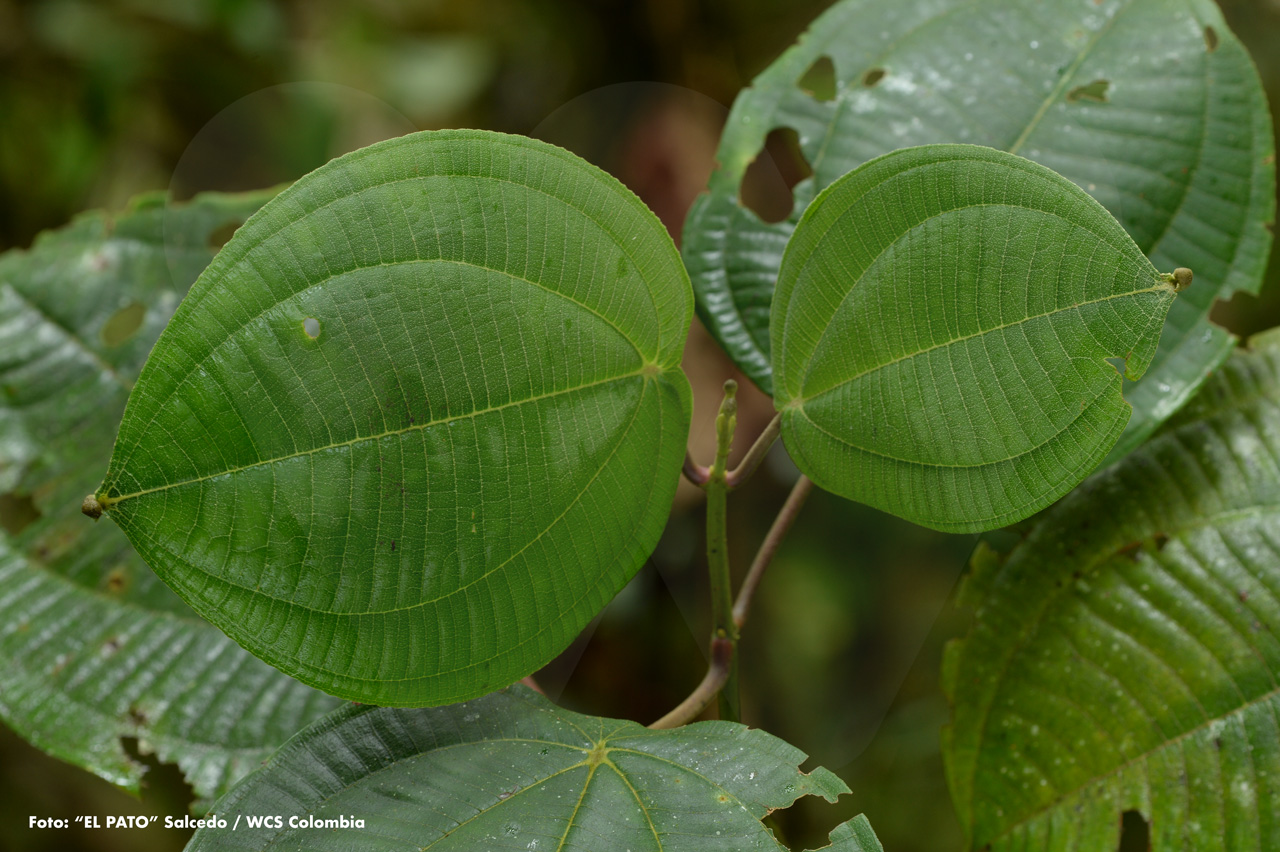 What are some of the particular characteristics that differentiate Miconia lorenaensis from other plants in the Amblyarrhena section, leading it to be classified as a new species for science? Its branches are quadrangular and grooved, with short trichomes (hairs) on them. The petioles (the part that connects the leaf to the stem or leaf base) can be up to 13 cm long. Additionally, each leaf of this plant is elliptic to sub-orbicular in shape, with entire margins and short dendritic trichomes. Finally, the leaf tips are acuminate (gradually tapering to a point), thickened, and circinate (meaning they are arranged in a circular or ring-like form). This protuberance at the leaf tip is one of the most distinctive features of this species.
What are some of the particular characteristics that differentiate Miconia lorenaensis from other plants in the Amblyarrhena section, leading it to be classified as a new species for science? Its branches are quadrangular and grooved, with short trichomes (hairs) on them. The petioles (the part that connects the leaf to the stem or leaf base) can be up to 13 cm long. Additionally, each leaf of this plant is elliptic to sub-orbicular in shape, with entire margins and short dendritic trichomes. Finally, the leaf tips are acuminate (gradually tapering to a point), thickened, and circinate (meaning they are arranged in a circular or ring-like form). This protuberance at the leaf tip is one of the most distinctive features of this species.
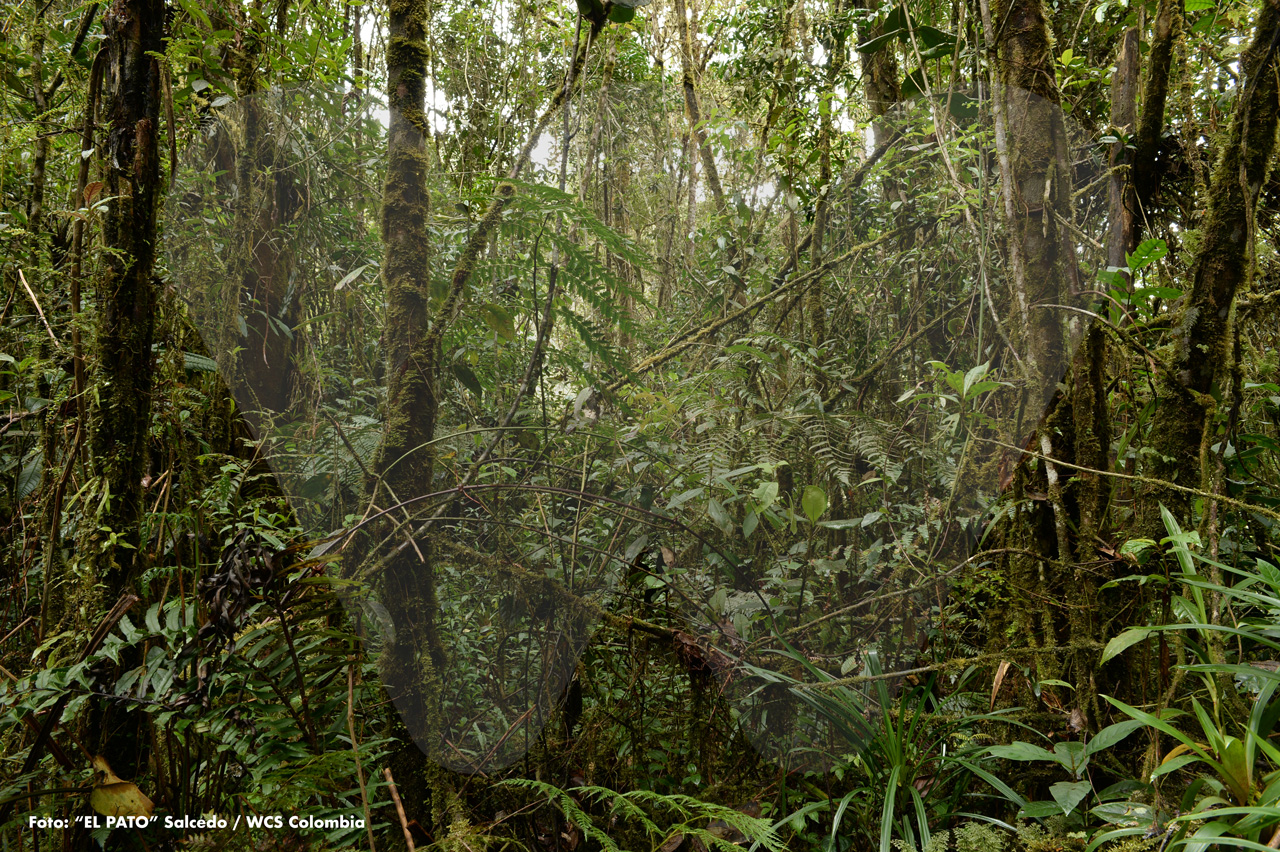 The habitat of Miconia lorenaensis (J.S. Murillo, Londoño-E. & H. David) is primarily the lower part (understory) of low montane humid riparian forests—that is, forests associated with ravines or riverbanks. Regarding the record of this new species in the Río Negro Hermosas locality, the plant was found inside an oak forest (photo) at 2,758 meters above sea level.
The habitat of Miconia lorenaensis (J.S. Murillo, Londoño-E. & H. David) is primarily the lower part (understory) of low montane humid riparian forests—that is, forests associated with ravines or riverbanks. Regarding the record of this new species in the Río Negro Hermosas locality, the plant was found inside an oak forest (photo) at 2,758 meters above sea level.
* Saldaña River: A Basin of Life is a public-private alliance between Fundación Grupo Argos, Concretos Argos, Colombia’s National Natural Parks, Cortolima, and WCS.
Traslated with AI support